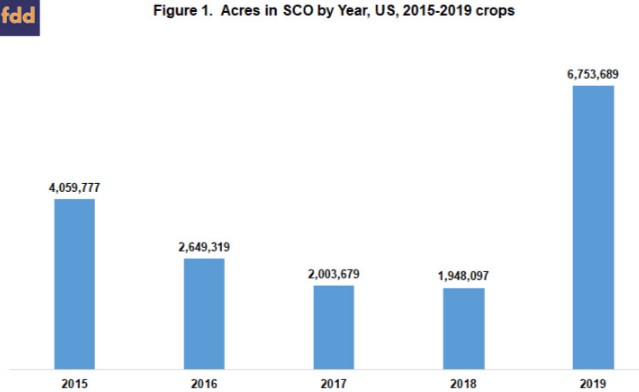By Dr. Kenny Burdine
I always like to see the fed cattle market put in its summer lows and there are some indications that this has already happened for 2018. August CME© Fed Cattle Futures have rallied from late May and deferred futures are trading at a premium to August. Kentucky feeder cattle markets were relatively flat from May to June. Heavy feeder prices in Kentucky were basically unchanged over the last two months, but it was very encouraging that they held the ground they gained after April (see figure 1).

Calf prices decreased slightly, but that is very much in line with seasonal expectations. A quick visual comparison of 2018, to the longer term average in figure 2, would suggest that our calf price pattern in 2018 is pretty normal. Calf prices are $15 to $20 per cwt lower this year, but much of that is due to the extremely high price levels of 2014 and 2015 pulling that longer term average upward.

As I write this article (July 11, 2018), international trade seems to be the topic of discussion most everywhere I turn. Many people want to know the likely impact of tariffs that have been, or may soon be, imposed on US beef. So, I thought it might be worth a quick dive into the topic to put some of the discussion into perspective.
We will start with the basics and keep it pretty simple. A tariff is a tax on imports that is imposed by the importing country. We can discuss the United States and Canada, since that is the most recent example. Canada has imposed a tariff on imported beef from the US. Due to the tariff, the price of US beef increases in Canada. Because the price rises, less US beef is imported by Canada, which means that more beef will be on the US market. And, because more beef is left on the US market, beef prices in the US will decrease.
However, the picture becomes less clear when one starts to think about the potential magnitude of this price impact and this is where I want to spend some time looking at the numbers. Like many agricultural sectors, exports have a major impact on the US beef market. As can be seen at the bottom of table 1, the US exported nearly 11% of its beef production in 2017. While this is definitely significant, the beef sector is actually less export-dependent than pork or poultry, which export 22% and 16%, respectively.
Then, as we start thinking about impacts from tariffs imposed by specific countries, we also need to think about how much beef actually flows to that specific country. Table 1 shows US beef exports to our largest five export destinations (Japan, South Korea, Mexico, Hong Kong, and Canada) for 2017. Note that Japan is the largest importer of US beef, accounting for 28.9% of our total exports. However, because most US beef is consumed domestically, this still only represents a little over 3% of our total production.
Again, we will consider the recent Canadian tariff on US beef. As can be seen in table 1, over 300 million lbs of beef were exported to Canada in 2017. However, this only represented 1.2% of total US beef production. So, even if exports to Canada decreased by 25%, which would be a very large response, domestic supply would only increase by about 0.3%. Similarly, there has also been a lot of discussion about China recently, but China remains a very small importer of US beef at this time. Hopefully, table 1 provides some perspective on how dependent the US beef sector is on specific export markets.
Table 1. 2017 US Beef Exports to Selected Countries
Source: USDA-ERS, Livestock Marketing Information Center, Author Calculations
| | Exports, Carcass wt equivalent (1,000 lbs) | As % of US Beef Exports | As % of US Beef Production |
| Japan | 826,004 | 28.9% | 3.2% |
| South Korea | 472,729 | 16.5% | 1.8% |
| Mexico | 419,349 | 14.7% | 1.6% |
| Hong Kong | 335,705 | 11.7% | 1.3% |
| Canada | 309,138 | 10.8% | 1.2% |
| Total Exports (includes others) | 2,859,687 | | 10.92% |
Source: USDA-ERS, Livestock Marketing Information Center, Author Calculations
Since our export markets are pretty diverse, the direct impact of tariffs imposed on US beef by any specific trading partner are not likely to have a large impact on the cattle market. Still, the culmination of tariffs by multiple trading partners does have more potential to impact prices. At the same time, tariffs on other meat products also have the potential to impact beef markets. China and Mexico both have levied tariffs on US pork, which will negatively impact US pork prices. Due to the substitution effect, beef prices will be negatively impacted as pork becomes a relatively cheaper source of protein.
My article in May primarily focused on beef production levels and the challenges that is presenting. I wanted to shift the focus to trade this month and it has proven to be a very timely month to do so. Clearly, trade remains another challenges, but I also think that the diversity of our markets will buffer the impacts on beef producers somewhat. There is never a shortage of factors driving the markets and one can only focus on those things that are within their control.
Source: osu.edu